What makes denials so frustrating is that many are avoidable. The leading causes are well known, and it’s possible to prevent these leaks before they occur. The key is having processes in place to identify and correct errors and omissions before a problematic claim is ever submitted.
Defining denials
Unlike a rejection, which occurs when a submission lacks pertinent data or proper coding, denials are received, reviewed, and found to be inadequate by the payer or health plan. This may be due to insurance plan coverage stipulations, limits, or an untimely filing. Denials cannot be resubmitted, but they can be appealed. It’s the appeal that can prove costly.
Most common reasons for denials
The number one cause for a denial is that a patient isn’t eligible for care under the terms of the insurance plan. In the research cited above, nearly one in five respondents said “registration/eligibility” was the leading reason for denials. The simple step of doing eligibility checks before a patient is seen by medical staff can prevent this.
Other common reasons for denials are:
- Insufficient information. A simple omission, such as date of birth, can lead to a costly denial.
- Duplicate billing. This happens when a similar or equivalent claim is sent because of a clerical error or overlap in office duties.
- Improper or outdated CPT or ICD-10 codes. The codes, which determine what is paid, change quarterly, and your practice — or your RCM vendor — is responsible for capturing and operationalizing all updates.
Service is not covered. A patient’s coverage may have been terminated or their maximum benefit has been met (often in the case of physical therapy).
Out of network. Some plans require doctors and practitioners to be “in-network” for coverage.
Problems with modifiers. Errors can result from submitting invalid modifier combinations. Many invalid modifier combinations can be avoided with better training for coding personnel or by using a qualified medical billing service.
Prior authorization required. Some payers want authorization or a referral from another physician before services can be performed.
Mitigating risk with technology
The complexity of medical billing puts tremendous pressure on practices as many processes are unlikely to catch common errors such as duplicate billing or incorrect CPT codes. This is where technology can be transformative. It can, for example, automate the updating of CPT codes practice-wide to significantly reduce the risk of using an outdated CPT code.
Technology can also assist with prior authorization, guiding staff through the important steps of assessing patient eligibility. While there is no substitute for adequate staff training and education, having a stepwise process to guide staff who process claims ensures the right information is collected and verified before a claim ever leaves the practice.
Putting technology into practice
A few years ago, a five-person practice in Attleboro, Massachusetts, seeing between six and 15 patients daily, would routinely write off denied claims. It cost them thousands monthly. By adding new technology to predetermine eligibility, the practice addressed its main issue and the number one reason for denied claims: ineligibility.
In the new process guided by technology, front desk staff can verify patient eligibility with the insurance company prior to an appointment. When a patient presents her insurance card during check-in, any issues with eligibility can be addressed in real time. Having this take place beforehand ensures a better experience for the patient and a smoother check-in and billing process for the practice.
Technology and automation don’t replace the human touch patients expect. In fact, revenue cycle management technology, which offers much more than predetermined eligibility review, is enabling practices large and small to focus less on managing loss and more on efficiently and profitably building a vibrant office that provides a better patient experience.
Takeaways
Many practices feel powerless as claim after claim is denied. A closer look, however, reveals that many denials are avoidable. Fix those leaks and you’ll see immediate return to your bottom line. What’s more, you’ll streamline operations and save time that can be put back into delighting patients. Here’s how you can get started:
Audit your practice to see if you’re at risk for any of the most common reasons for denial.
Train and retrain staff to recognize and be vigilant around the key error points that lead to denials.
Consider revenue cycle management technology, which, when properly integrated with your EHR and/or practice management system, can automate critical aspects of the billing process.
Start benchmarking your progress; see how much profit you recoup by stopping leakage that is caused by denials. Focus on “denial rate,” which the American Academy of Family Physicians says should be between 5 to 10 percent on average. Less than 5 percent is more desirable.
15% Off All Products
Medical Office Supplies
$28.00
$44.05
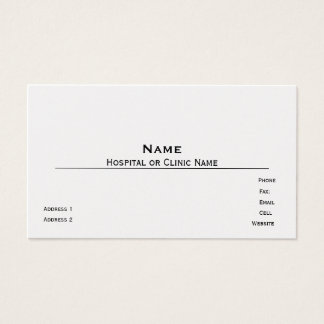
$60.05
$1.50
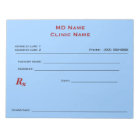
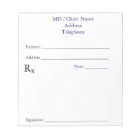

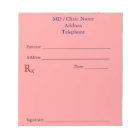
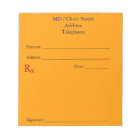
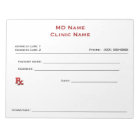
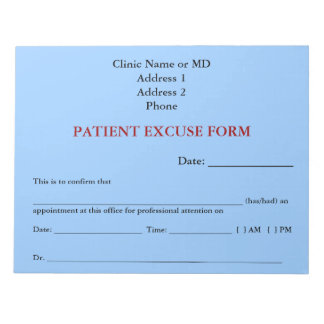
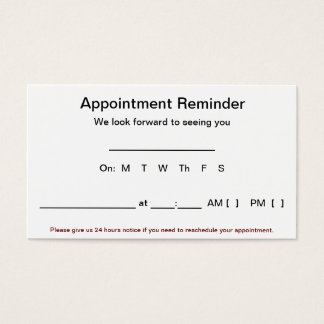

No comments:
Post a Comment